Home>Gardening & Outdoor>Outdoor Recreation & Activities>What Size Is An Olympic Swimming Pool


Outdoor Recreation & Activities
What Size Is An Olympic Swimming Pool
Modified: February 19, 2024
Discover the standard dimensions of an Olympic swimming pool and learn about the outdoor recreation and activities associated with it. Explore the size, depth, and features of these iconic pools.
(Many of the links in this article redirect to a specific reviewed product. Your purchase of these products through affiliate links helps to generate commission for Storables.com, at no extra cost. Learn more)
Introduction
When it comes to the grand stage of the Olympics, every detail is meticulously planned and executed to ensure fairness and uniformity. This principle extends to the aquatic events, where the size of the swimming pool plays a crucial role in maintaining a level playing field for athletes from around the world. The dimensions of an Olympic swimming pool are not arbitrary; they are carefully standardized to uphold the integrity of the competition and provide a consistent platform for swimmers to showcase their skills.
The Olympic swimming pool, often referred to as the crown jewel of aquatic arenas, is a symbol of precision and excellence. Its dimensions are not merely a matter of convenience but a testament to the dedication of the Olympic committee to uphold the highest standards of sportsmanship and competition. As we delve into the standard size of an Olympic swimming pool and the significance of its uniformity, we gain a deeper appreciation for the meticulous planning that goes into hosting the world's most prestigious sporting event.
The dimensions of an Olympic swimming pool are not arbitrary; they are carefully standardized to uphold the integrity of the competition and provide a consistent platform for swimmers to showcase their skills. This standardization ensures that athletes can train and prepare for the Olympic Games with a clear understanding of the pool's size, allowing them to optimize their performance based on a uniform set of parameters. Moreover, the standardized pool size serves as a benchmark for record-breaking achievements, allowing swimmers to etch their names in history with confidence, knowing that their accomplishments are measured against a consistent standard.
As we explore the nuances of Olympic swimming pool dimensions, we uncover the meticulous planning and attention to detail that underpin the Olympic Games. From the sleek curves of the pool to the precise markings that delineate lanes, every aspect is designed to foster an environment where swimmers can push the boundaries of their abilities. The standard size of an Olympic swimming pool is not just a set of measurements; it is a testament to the unwavering commitment to fairness and equality in the world of competitive swimming.
Key Takeaways:
- The standard size of an Olympic swimming pool, 50 meters in length and 25 meters in width, ensures fair competition and safety for athletes, while providing a familiar framework for spectators to enjoy the events.
- Variations in Olympic swimming pool sizes reflect the adaptability and innovation in competitive swimming, showcasing the dynamic nature of the Olympic Games and the creative approaches taken to accommodate diverse host cities.
Standard Size of an Olympic Swimming Pool
The standard size of an Olympic swimming pool is a defining element that sets the stage for the world's most elite aquatic competitions. The dimensions of an Olympic pool are meticulously prescribed to ensure uniformity and fairness across all Olympic Games, allowing swimmers to compete on a level playing field. The standard length of an Olympic swimming pool is 50 meters, while the width is 25 meters. These dimensions provide ample space for multiple swimmers to compete simultaneously without feeling cramped, thereby fostering an environment conducive to record-breaking performances and thrilling displays of athleticism.
In addition to the length and width, the depth of an Olympic swimming pool is also standardized to enhance safety and performance. The minimum depth of an Olympic pool is 2 meters (approximately 6.6 feet) throughout its entire length. This uniform depth minimizes the risk of injuries and ensures that swimmers can execute powerful turns and dives with confidence, knowing that the pool's depth meets the highest safety standards.
The standard size of an Olympic swimming pool also encompasses the number of lanes, which is typically 10. Each lane is 2.5 meters wide, providing ample space for swimmers to navigate their designated paths without encroaching on neighboring lanes. The precise markings and lane dividers further contribute to the overall standardization, delineating clear boundaries for swimmers and enabling officials to monitor races with precision.
Beyond the physical dimensions, the water temperature of an Olympic swimming pool is also regulated to optimize performance and comfort for the athletes. The water temperature is maintained within a narrow range of 25-28 degrees Celsius (77-82.4 degrees Fahrenheit), striking a balance between facilitating swift swimming times and ensuring the well-being of the competitors.
The standard size of an Olympic swimming pool is not merely a matter of measurements; it is a testament to the unwavering commitment to excellence and fairness in the realm of competitive swimming. By adhering to these precise dimensions, Olympic organizers uphold the integrity of the sport and provide a platform where swimmers can push the boundaries of human achievement with confidence and equality.
Variations in Olympic Swimming Pool Sizes
While the standard size of an Olympic swimming pool is well-defined, variations in pool sizes have been observed in the history of the Olympic Games. These deviations from the standard dimensions have often been influenced by factors such as venue constraints, logistical considerations, and evolving trends in aquatic sports.
One notable variation in Olympic swimming pool sizes occurred during the 1900 Paris Olympics, where the pool measured 100 meters in length, twice the standard length of contemporary Olympic pools. This unique configuration, while departing from the modern standard, provided a distinctive setting for the aquatic events of that era. The elongated pool presented swimmers with a different set of challenges and opportunities, showcasing the adaptability and versatility of athletes in the face of unconventional circumstances.
In more recent times, the 2008 Beijing Olympics introduced the "Water Cube," officially known as the National Aquatics Center, which featured a strikingly innovative design. The swimming pool within the Water Cube deviated from the traditional rectangular shape, adopting a more rounded and aesthetically captivating form. While the overall dimensions of the pool remained consistent with the standard, the architectural ingenuity of the venue added a new dimension to the Olympic swimming experience, captivating audiences and athletes alike.
Furthermore, the 2016 Rio Olympics witnessed the introduction of a temporary pool for the swimming events, a departure from the permanent pools typically associated with the Games. This temporary structure, while meeting the standard size requirements, represented a pragmatic solution to the logistical challenges of hosting the Olympic swimming competitions in a city renowned for its vibrant culture and natural beauty.
These variations in Olympic swimming pool sizes serve as testaments to the adaptability and innovation inherent in the realm of competitive swimming. While the standard dimensions form the bedrock of consistency and fairness, the occasional deviations reflect the dynamic nature of the Olympic Games and the creative approaches taken to accommodate diverse host cities and embrace technological advancements.
As the Olympic movement continues to evolve, future variations in swimming pool sizes may emerge, driven by advancements in architectural design, sustainability initiatives, and the quest to create memorable and iconic venues for aquatic competitions. These variations, while departing from the standard size, contribute to the rich tapestry of Olympic history, showcasing the resilience and ingenuity of the human spirit in the pursuit of athletic excellence.
The variations in Olympic swimming pool sizes underscore the dynamic nature of the Olympic Games and the creative approaches taken to accommodate diverse host cities and embrace technological advancements.
An Olympic swimming pool is 50 meters long, 25 meters wide, and at least 2 meters deep. It has 10 lanes, each 2.5 meters wide.
Importance of Standardized Pool Size
The standardized size of an Olympic swimming pool holds immense significance in the realm of competitive swimming, transcending mere measurements to embody the principles of fairness, integrity, and athletic excellence. By adhering to a uniform set of dimensions, Olympic organizers uphold the fundamental tenets of sportsmanship and provide a level playing field for swimmers from diverse backgrounds and training regimens.
One of the paramount reasons for the importance of standardized pool size lies in the preservation of fairness and equality among athletes. Regardless of their country of origin or training facilities, swimmers can approach the Olympic Games with the assurance that the pool dimensions remain consistent, eliminating any potential advantages or disadvantages based on varying pool sizes. This uniformity fosters an environment where the outcome of races is determined by the swimmers' skill, determination, and physical prowess, rather than external factors related to the pool's dimensions.
Moreover, the standardized pool size serves as a catalyst for record-breaking achievements and the pursuit of athletic excellence. Swimmers can train and prepare with a clear understanding of the pool's dimensions, allowing them to fine-tune their techniques and strategies to optimize their performance within the standardized parameters. This consistency in pool size enables athletes to push the boundaries of their abilities with confidence, knowing that their accomplishments are measured against a universal benchmark, thereby elevating the prestige and significance of Olympic swimming records.
The uniform dimensions of an Olympic swimming pool also contribute to the safety and well-being of the athletes. The standardized depth of 2 meters throughout the entire length of the pool minimizes the risk of injuries during dives and turns, ensuring that swimmers can execute these maneuvers with confidence and precision. Additionally, the clear delineation of lanes and consistent width of each lane mitigate the potential for collisions and interference among swimmers, enhancing the overall safety of the competitive environment.
From a spectator's perspective, the standardized pool size provides a familiar and easily comprehensible framework for following and appreciating swimming events. Whether watching in person or via broadcast, audiences can understand and compare swimmers' performances with a clear awareness of the standardized dimensions, adding a layer of transparency and relatability to the viewing experience.
In essence, the importance of standardized pool size extends far beyond the physical dimensions of the aquatic arena. It embodies the principles of equity, safety, and athletic achievement, serving as a cornerstone of the Olympic swimming competitions and upholding the spirit of sportsmanship and excellence that defines the Olympic Games.
Conclusion
In conclusion, the standard size of an Olympic swimming pool stands as a testament to the unwavering commitment to excellence, fairness, and athletic achievement within the realm of competitive swimming. The meticulously prescribed dimensions of 50 meters in length, 25 meters in width, and a uniform depth of 2 meters, along with the regulation of water temperature, form the foundational framework upon which the world's most elite aquatic competitions unfold. These standardized parameters provide a level playing field for swimmers from diverse backgrounds, ensuring that the outcome of races is determined by the athletes' skill, determination, and physical prowess rather than external factors related to the pool's dimensions.
The variations in Olympic swimming pool sizes throughout history, while departing from the standard dimensions, reflect the dynamic nature of the Olympic Games and the creative approaches taken to accommodate diverse host cities and embrace technological advancements. From the elongated pool of the 1900 Paris Olympics to the innovative design of the Water Cube in the 2008 Beijing Olympics, these variations underscore the adaptability and innovation inherent in the realm of competitive swimming.
The importance of standardized pool size extends beyond mere measurements, embodying the principles of fairness, integrity, and athletic excellence. It serves as a catalyst for record-breaking achievements, providing swimmers with a consistent platform to push the boundaries of their abilities with confidence. Moreover, the standardized pool size contributes to the safety and well-being of the athletes, ensuring a competitive environment where swimmers can execute maneuvers with precision and confidence.
From a spectator's perspective, the standardized pool size provides a familiar and easily comprehensible framework for following and appreciating swimming events, adding a layer of transparency and relatability to the viewing experience. The uniform dimensions enable audiences to understand and compare swimmers' performances with a clear awareness of the standardized parameters, enhancing the overall viewing experience.
In essence, the standard size of an Olympic swimming pool represents more than physical measurements; it embodies the principles of equity, safety, and athletic achievement. It stands as a cornerstone of the Olympic swimming competitions, upholding the spirit of sportsmanship and excellence that defines the Olympic Games. As the Olympic movement continues to evolve, the standard size of the swimming pool will remain a symbol of precision and fairness, ensuring that the world's most elite aquatic competitions unfold on a platform that honors the dedication, skill, and determination of the athletes who grace its waters.
Frequently Asked Questions about What Size Is An Olympic Swimming Pool
Was this page helpful?
At Storables.com, we guarantee accurate and reliable information. Our content, validated by Expert Board Contributors, is crafted following stringent Editorial Policies. We're committed to providing you with well-researched, expert-backed insights for all your informational needs.
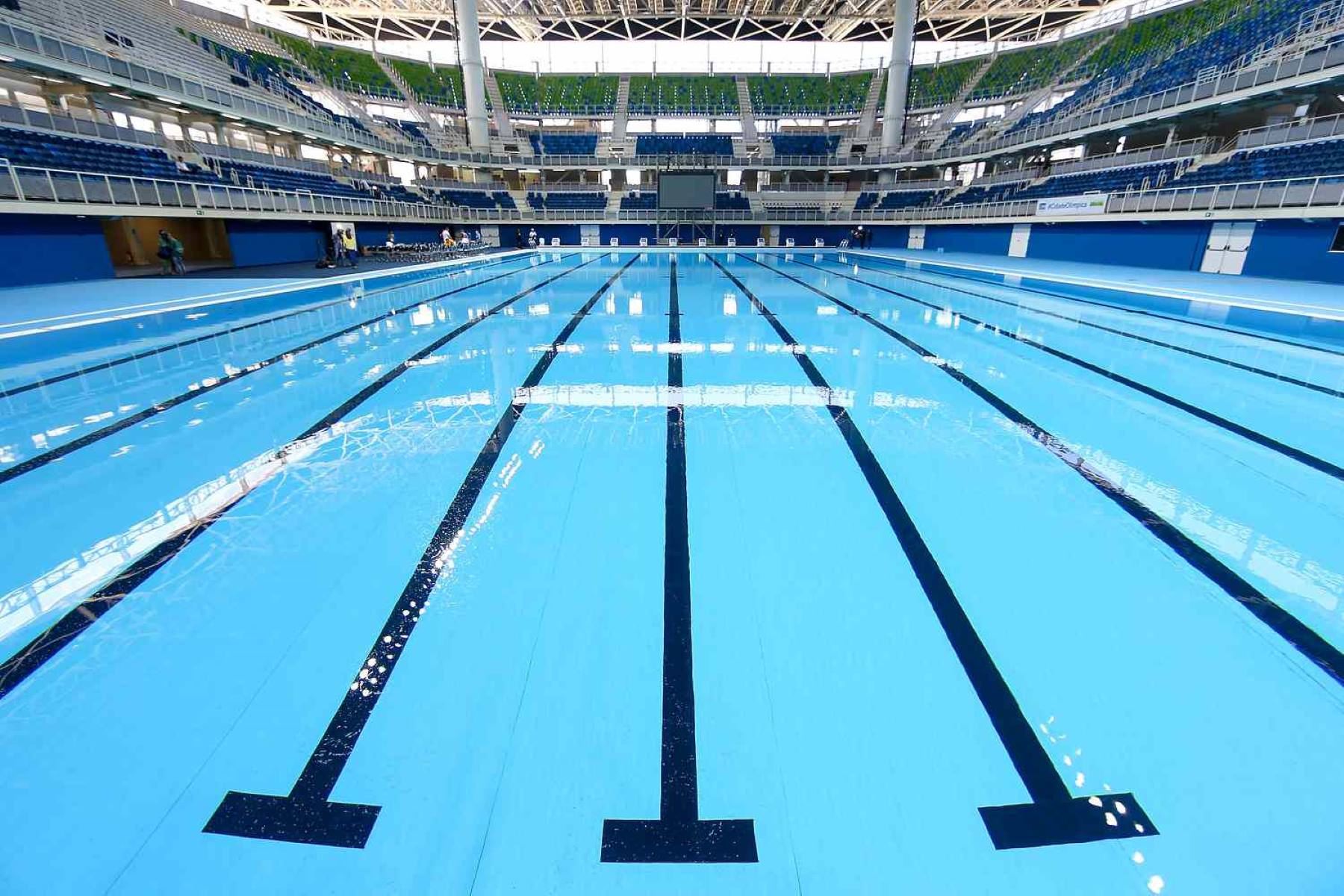
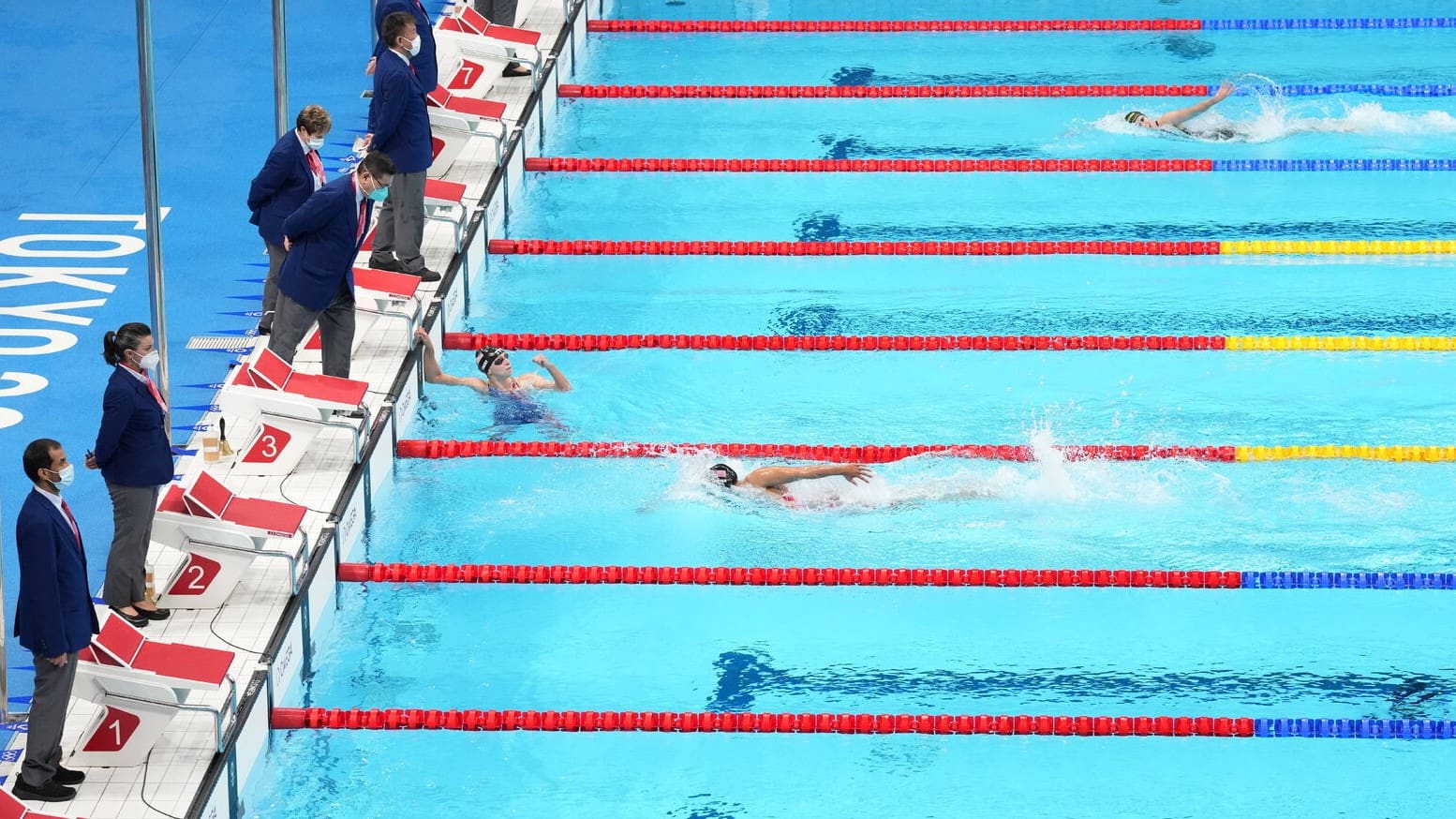
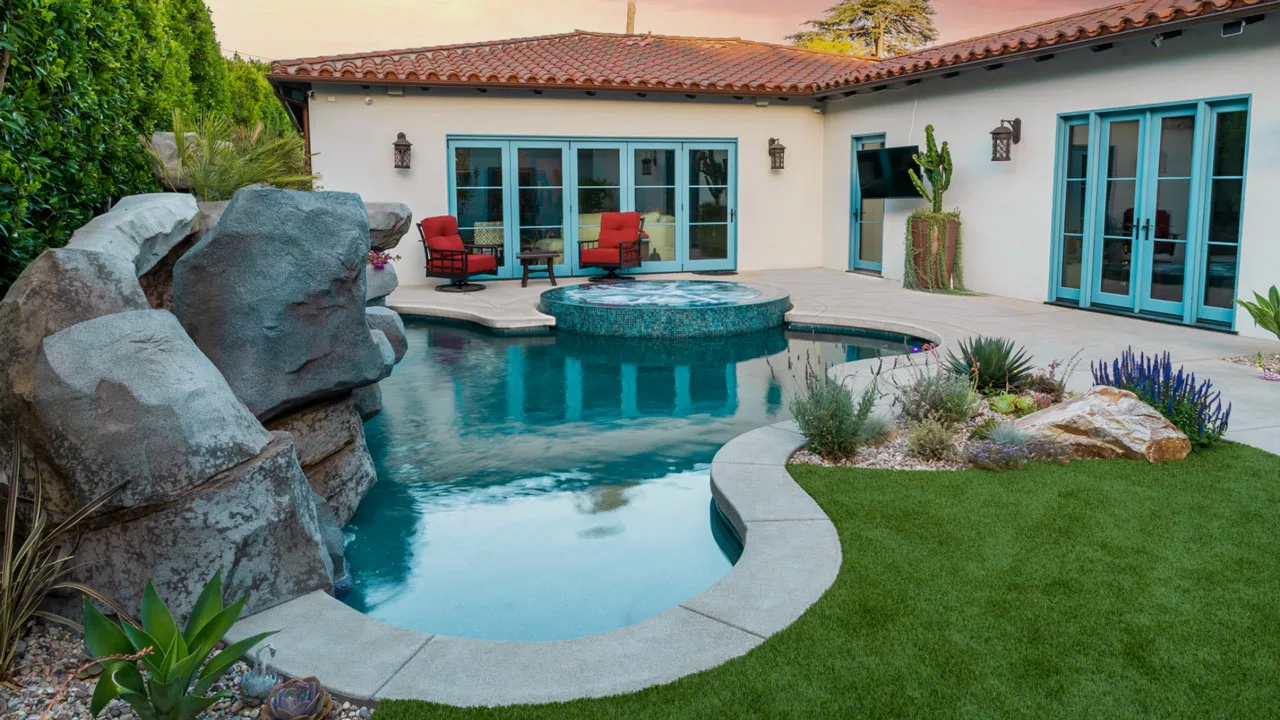

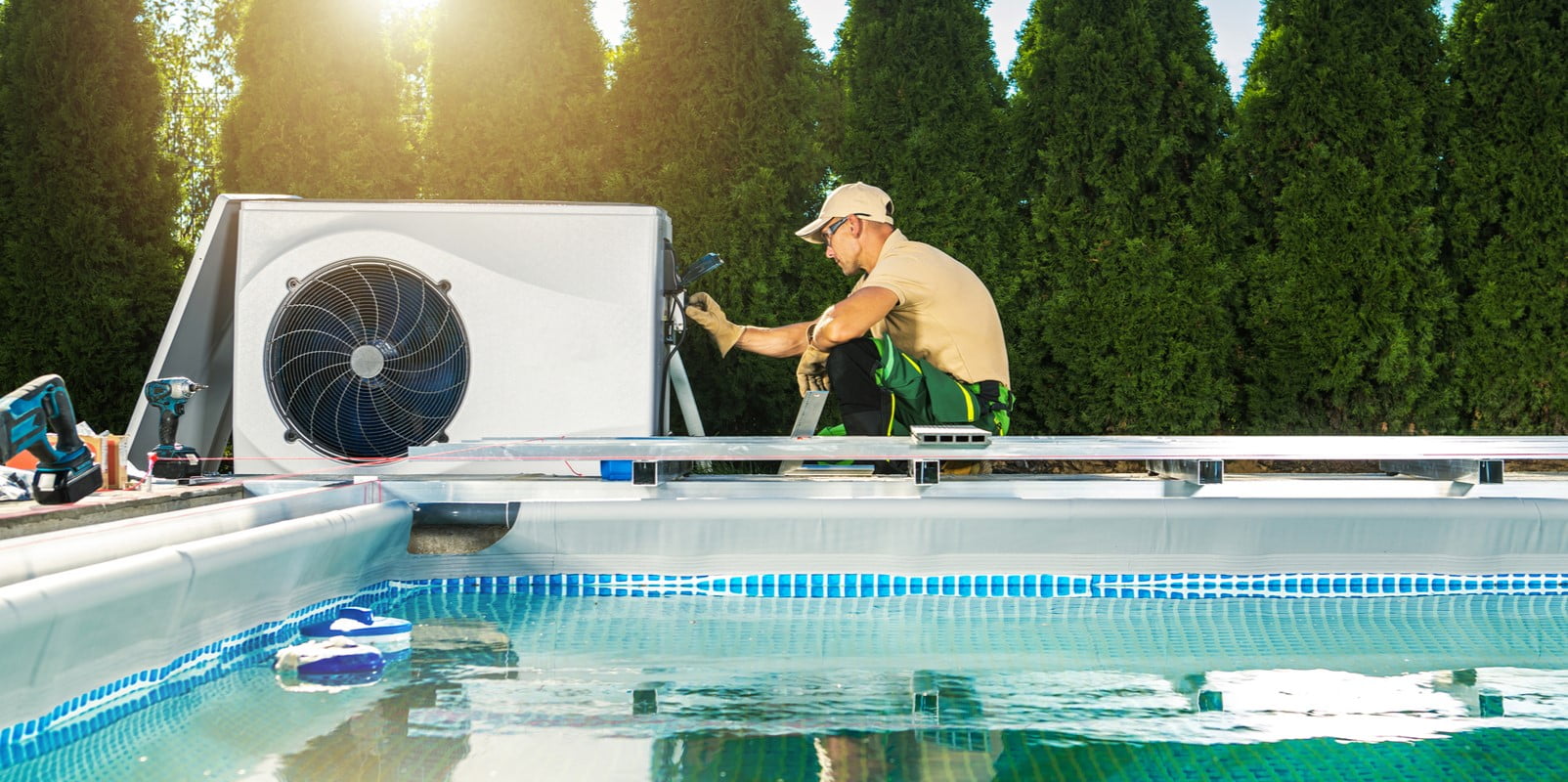


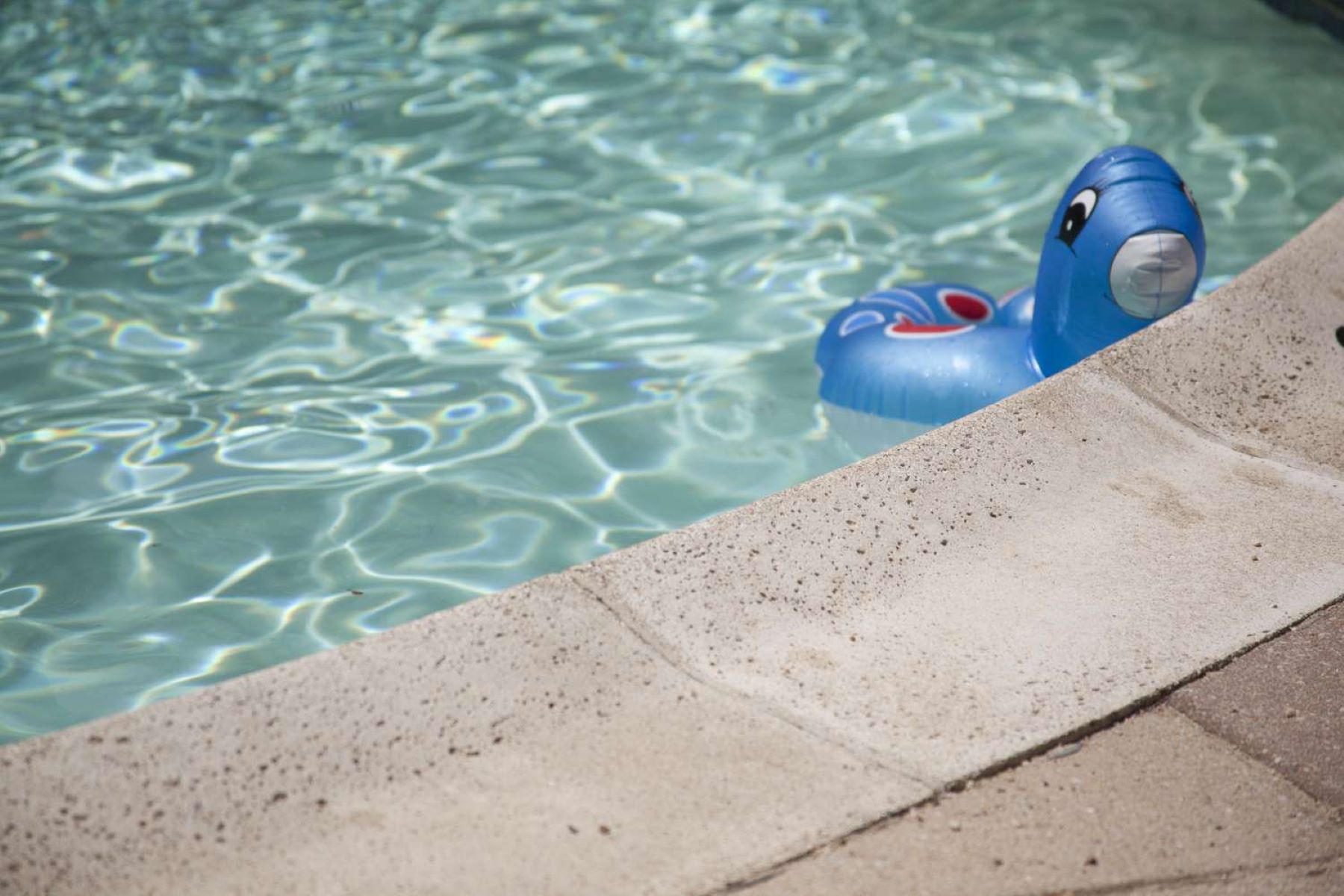
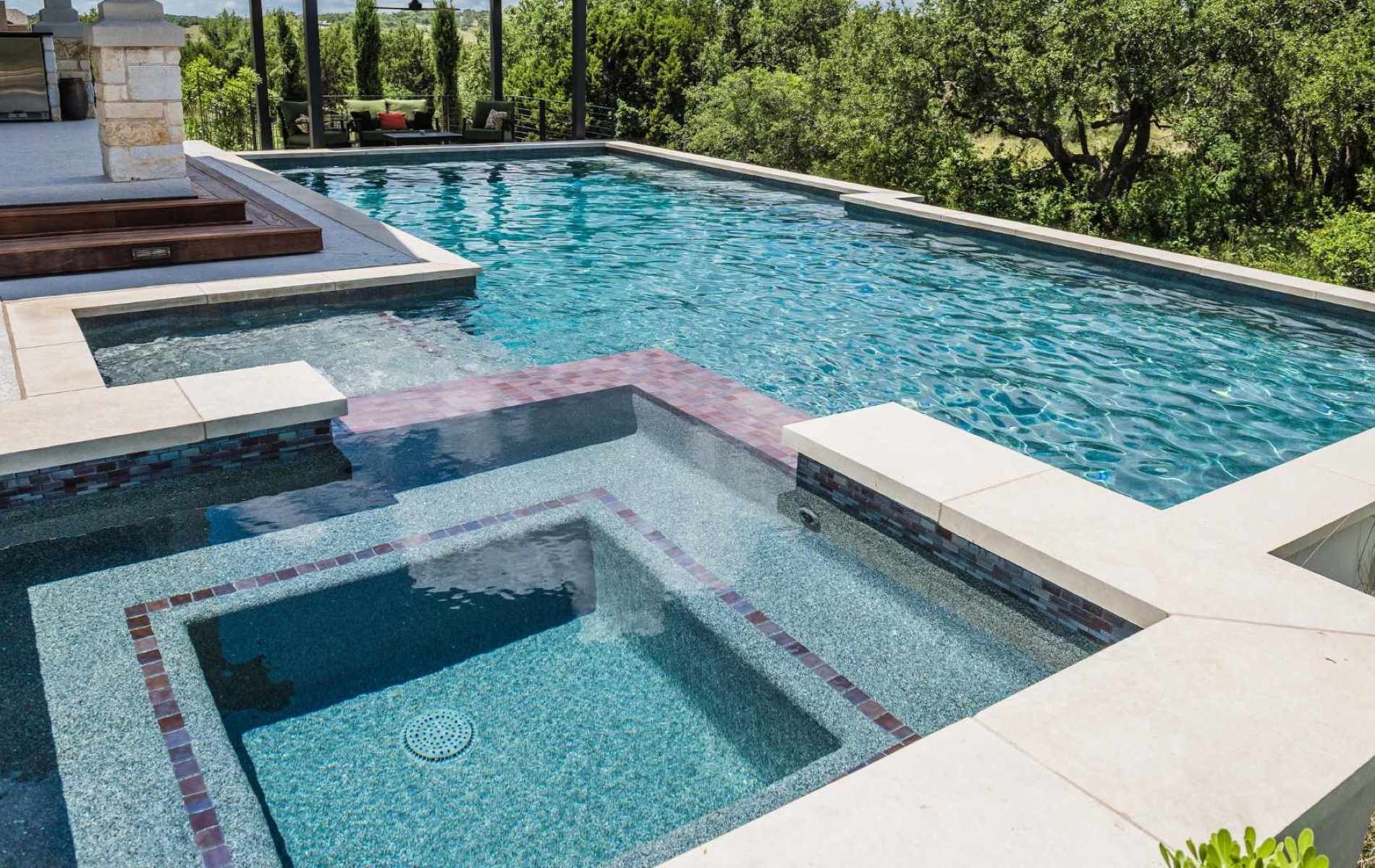
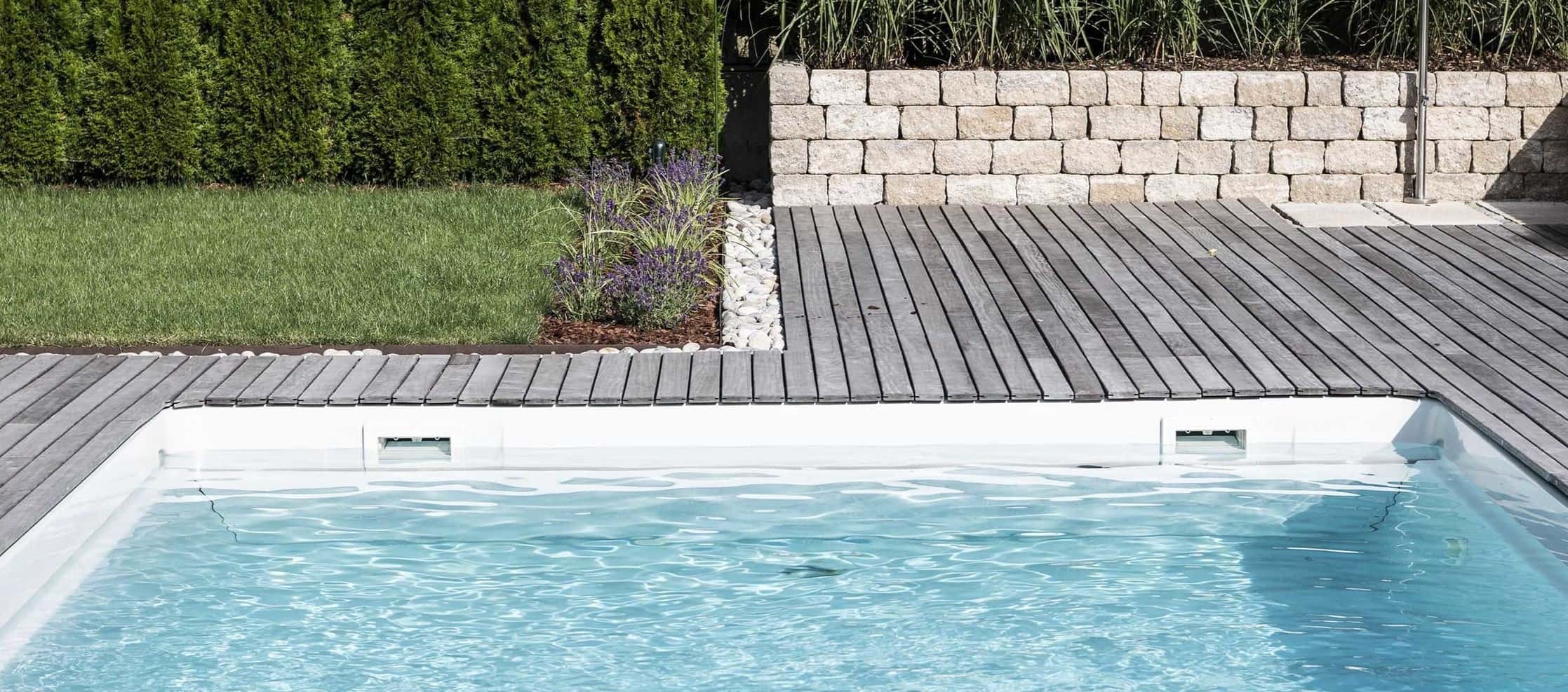






0 thoughts on “What Size Is An Olympic Swimming Pool”